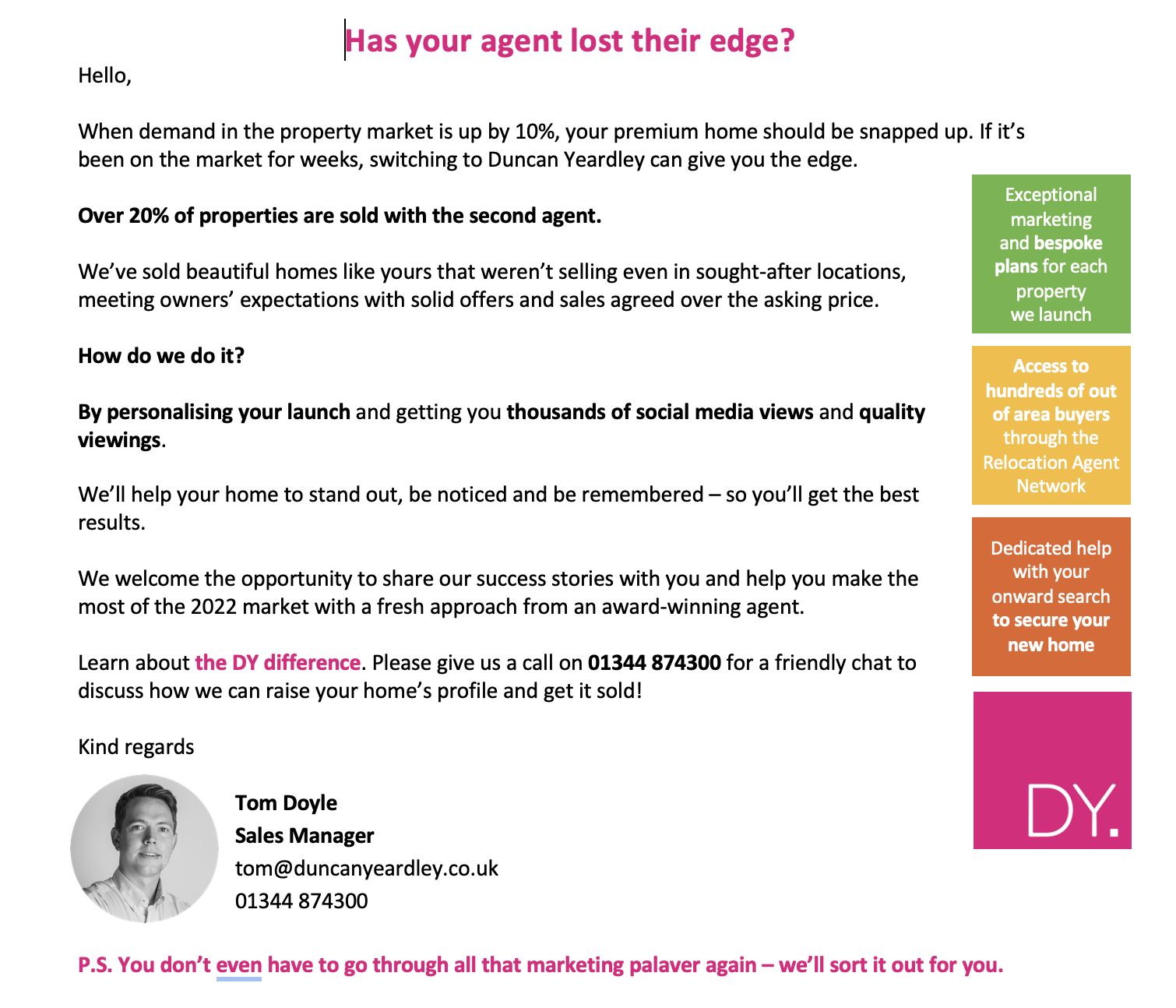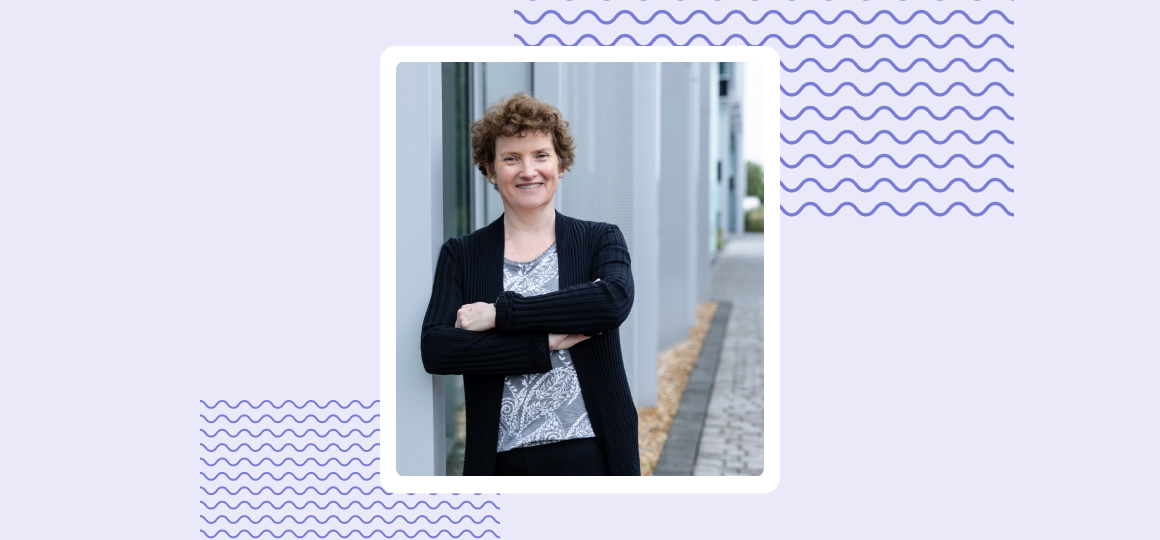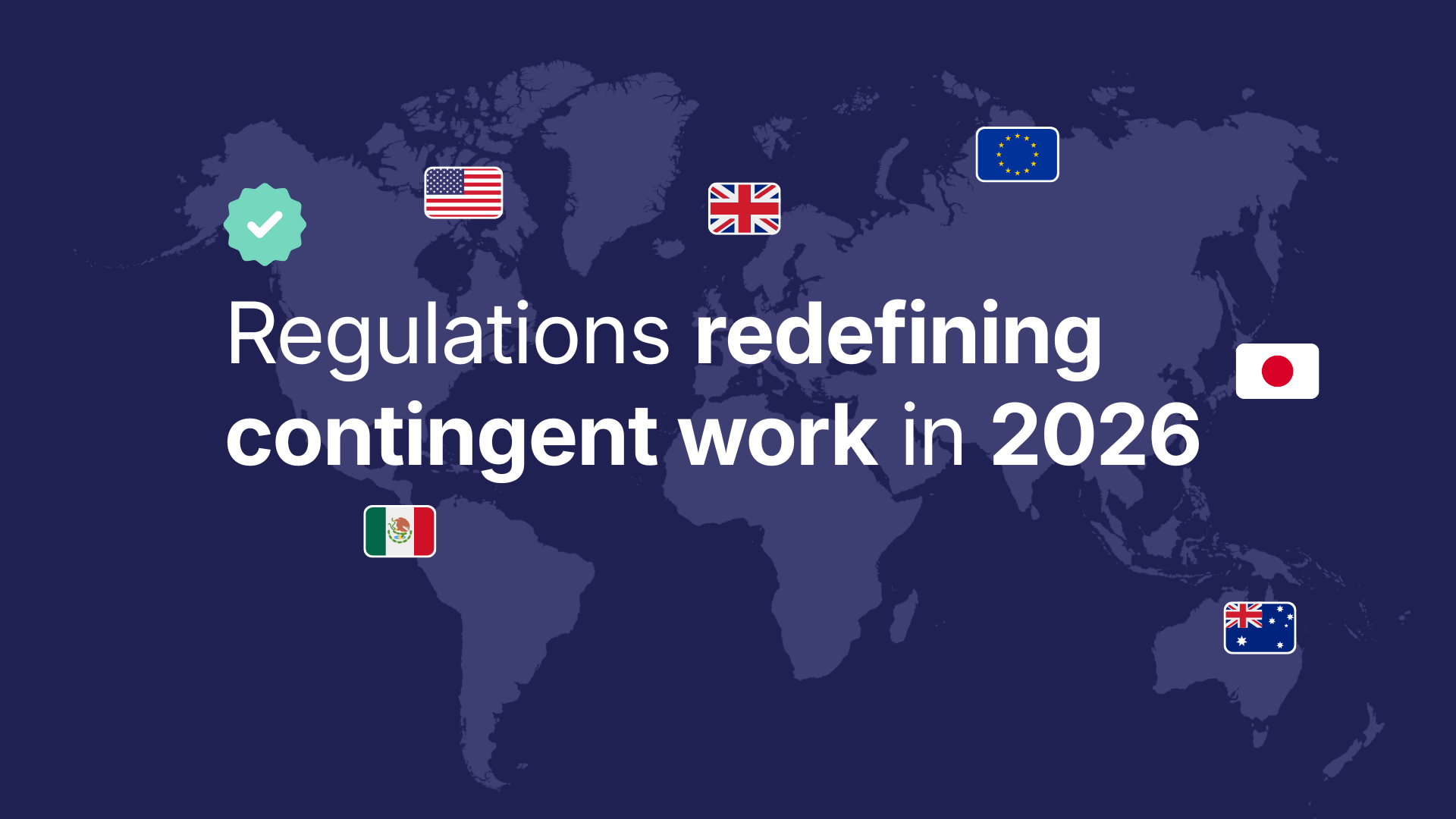Having started her freelance career in 2001 after gaining valuable experience in the charity and corporate sector, Copywriter and Editor Alison Harmer was only introduced to YunoJuno when she started editing and proofreading for an international marketing, PR, and advertising agency in March 2019.
As the pandemic hit the UK in 2020, Alison found herself accepting briefs on YJ for roles she wouldn't normally accept:
I took work I don’t usually take, such as proofreading a dissertation (with permission from the student’s university and tutor) and authors’ fiction manuscripts for a publisher. Both helped keep my creativity sharp because the subject matter, style, and tone are so different from B2B communications. I’m still working for the publisher today!
We spoke to Alison about her own experience working during COVID, how she manages spinning many plates as a freelancer and what advice she would have for someone looking to start a career in copywriting.
On the subject of COVID and creativity, we asked Alison how she maintained her creativity during such an unprecedented time:
I was lucky to keep working at the start of the pandemic, writing news updates on government announcements about Covid for the primary care sector. As the updates came in at any time during the week and weekends, it was fast-paced, almost like working on a daily paper. Much of my work as a B2B marketing copywriter and editor involves interpreting an organisation’s tone of voice and culture and seeking new ways to talk to audiences.

When sharing some of the more recent features of a project that worked particularly well, Alison shared:
I’ve just finished a significant project rewriting web pages about medical specialities. There were so many consultants to interview and pages to write that it could have been difficult spinning so many plates. The client provided a marketing contact who organised consultants for me to speak to and scheduled phone interviews to suit both interviewees and me. Having a go-between doesn’t usually save time, but it worked superbly because, in the past, it’s been challenging to pin down surgeons, especially as an outsider. The client also provided a comprehensive brief, including keywords for search engine optimisation.
We then asked Alison how she will bring these key features into future projects to help make things run smoothly:
I’d tell a future client how well this worked and the benefits it brought (saving time and expense doesn’t usually result in resistance!). I’m happy to make suggestions, but I’ll adapt if a client doesn’t like my ideas. You have to be aware of the pressures and time constraints clients are under – I can often empathise, having worked in-house at various times in my career.
As many projects don’t consider copy until it’s all rather rushed, we asked Alison how she handles client expectations when starting a new project:
Many businesses leave copywriting to the last minute, especially on websites. They’ll tell a design agency they’ll do the writing but then find they don’t have the time or are dissatisfied with the results and turn to a copywriter for help. So, it's always best to manage expectations from the start. I begin by sending the client a questionnaire that makes them think about their objectives, target audience, and what they want to communicate, focusing on their product or service benefits. Sometimes the job turns out to take longer than expected. For example, clients add pages or ask you to interview more people, so it’s vital to keep the client informed about the impact of such changes and warn them if a project is going over schedule.
We then asked Alison what clients can do to prepare for working with a copywriter:
It’s helpful if everyone knows at the outset about the type of work, what the client is trying to achieve, the level of editing required, if it’s an editing/proofreading job, the audience and their level of understanding, style, and the intended channel or market. The brief should also explain how any supporting information for the copywriter will be presented to them (a Word file, links to online information or a pdf?) and how they want the copy returned. Terms and fees should also be agreed upon at the start. I have terms and conditions that I like clients to sign, so everyone knows what’s expected. Big corporate clients usually have T&Cs they prefer me to sign. Effective communication from both sides is the key to a successful relationship. Clients can prepare for work with a copywriter and editor by supplying a comprehensive brief and a copy of the organisation’s house style.
And if there were anything clients could change, in Alison’s opinion, what would she like to see:
It’s rare to get a comprehensive brief, so that’s one area that would make a big difference in ensuring a job is done once and done right. I’m always surprised when a large company doesn’t have a house or style guide. If a client has not invested in a style tailored to their organisation, choose one that’s available online. I often point clients to Guardian Style as an excellent general guide or The Economist Style Guide if they want me to use a formal or financial style.

We asked Alison what advice she’d give to anyone considering a career in copywriting, to which she shared the short but effective message:
Always think of the reader.
And finally, we asked Alison how she felt having been nominated for the 2021 Freelancer Awards:
I was chuffed to be in the final again, especially sharing the virtual rostrum with such fine copywriters.
If you’d like to work with Alison on your next copy project, why not book her today.







